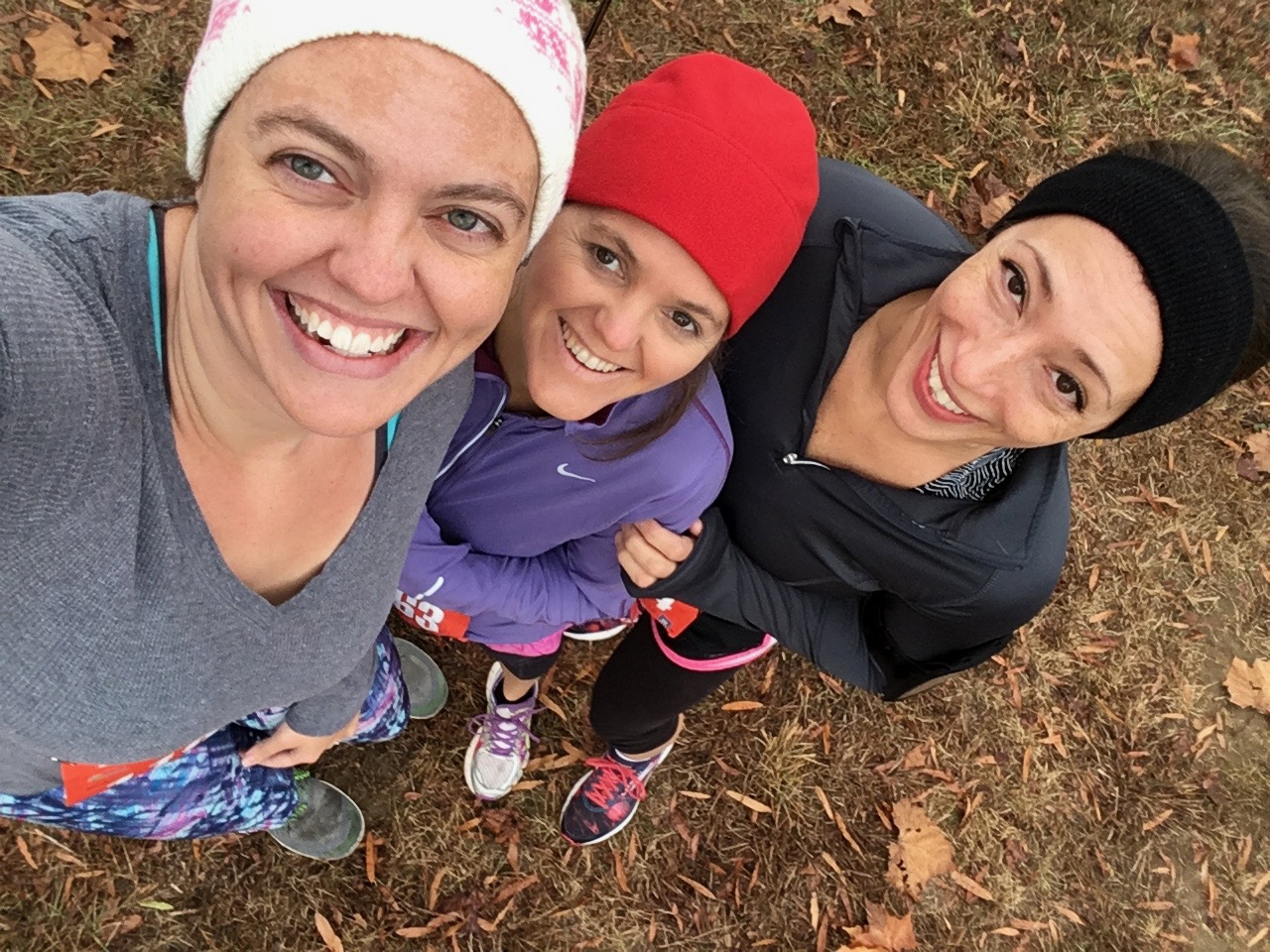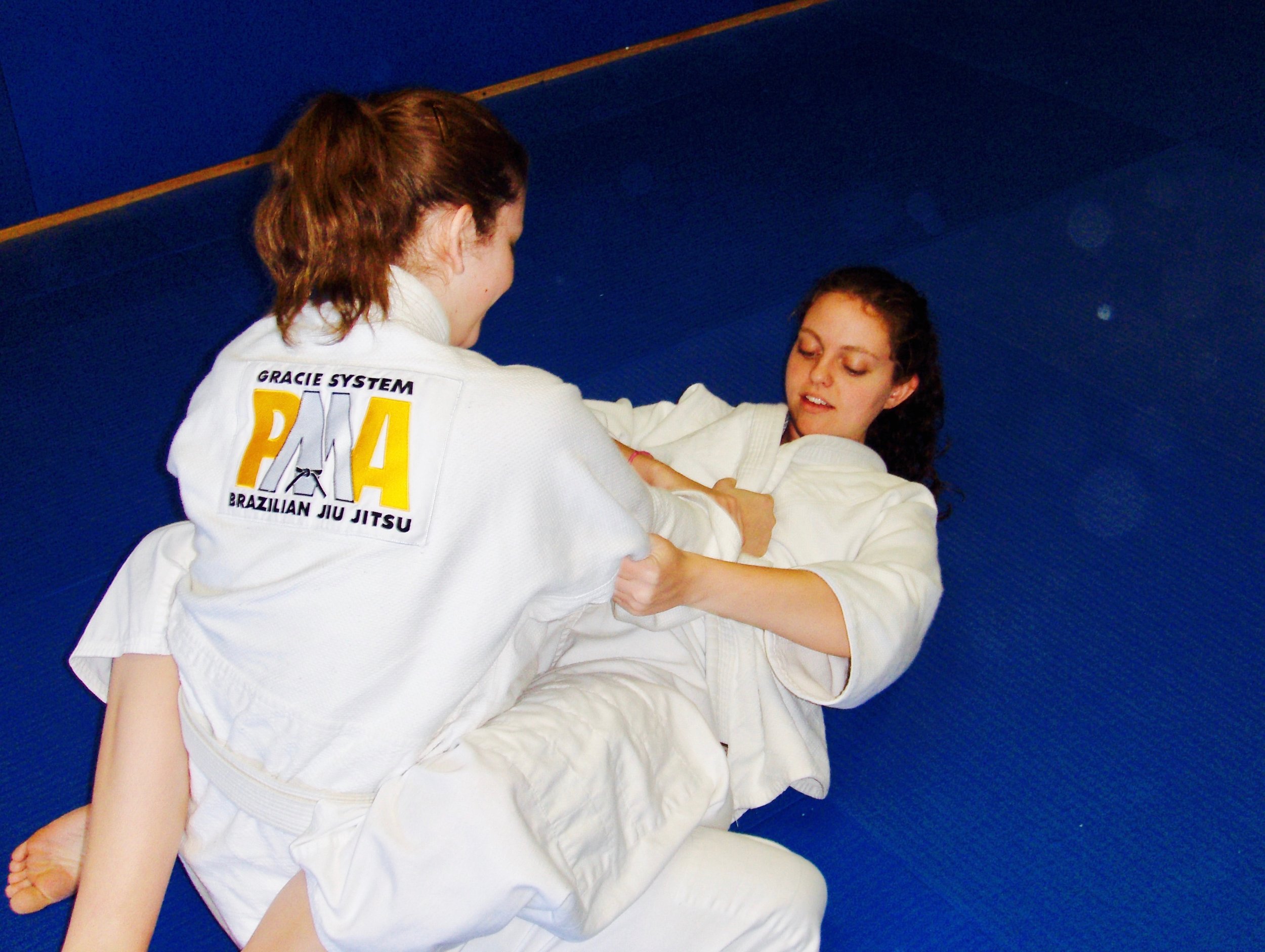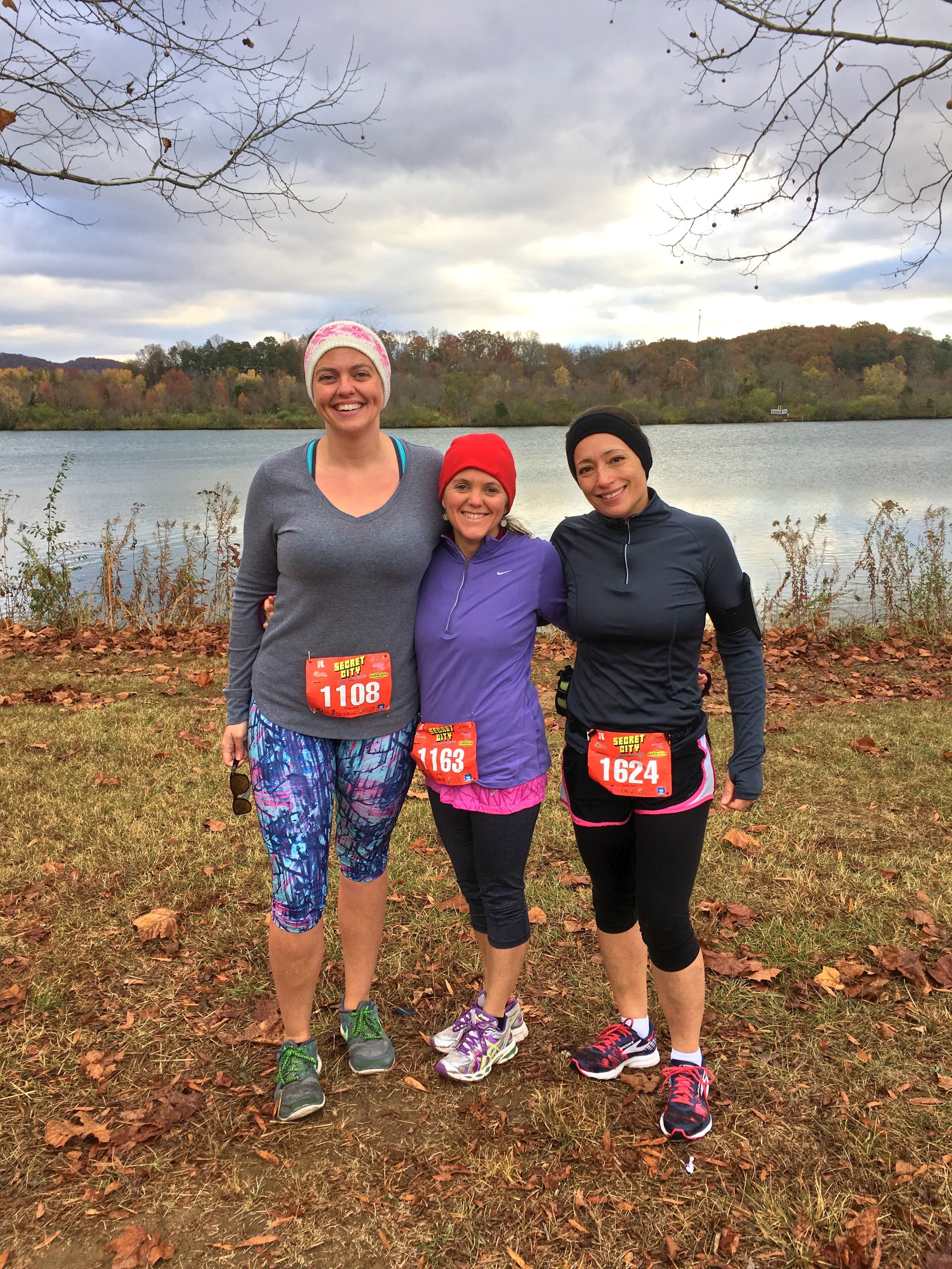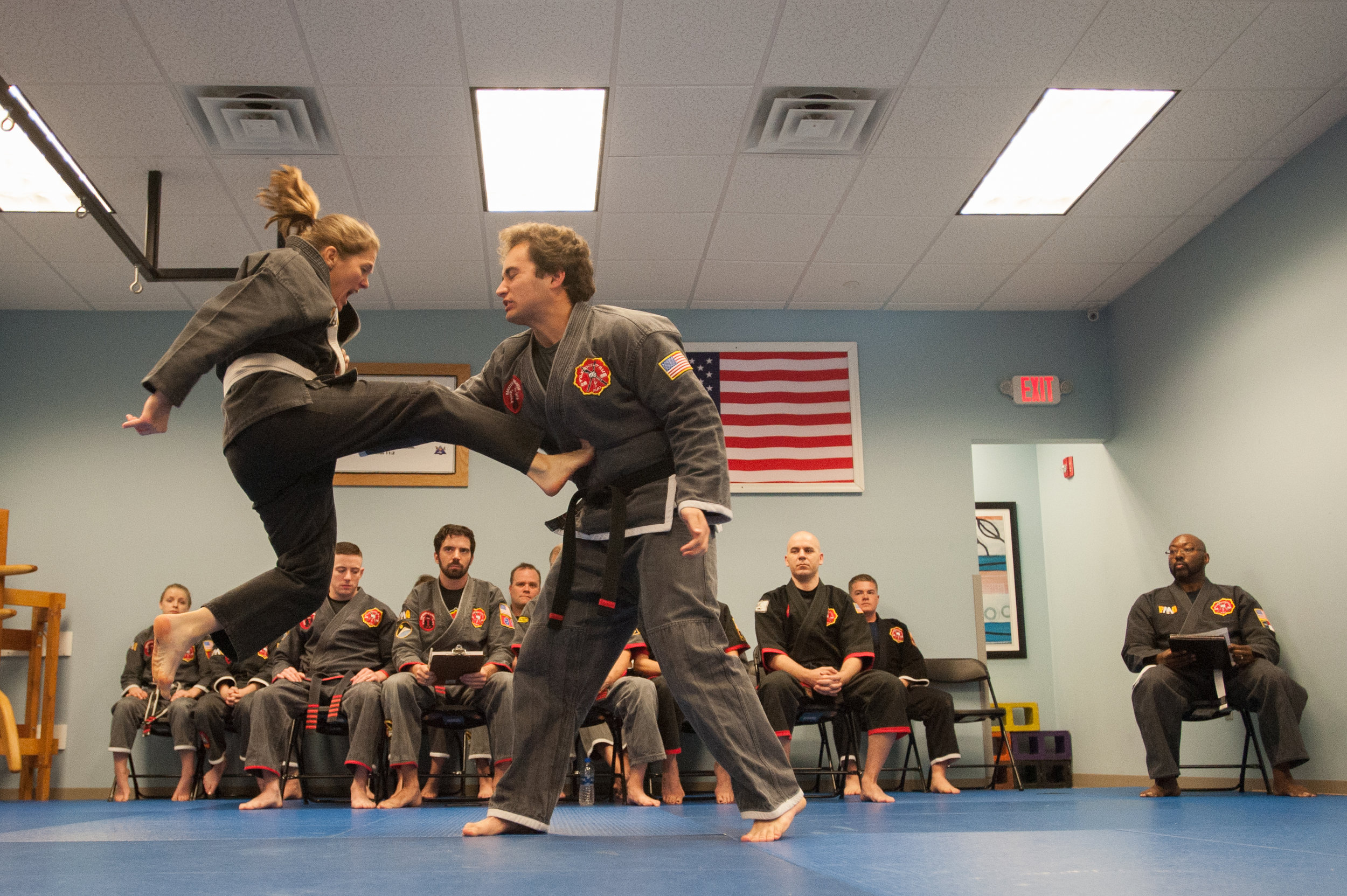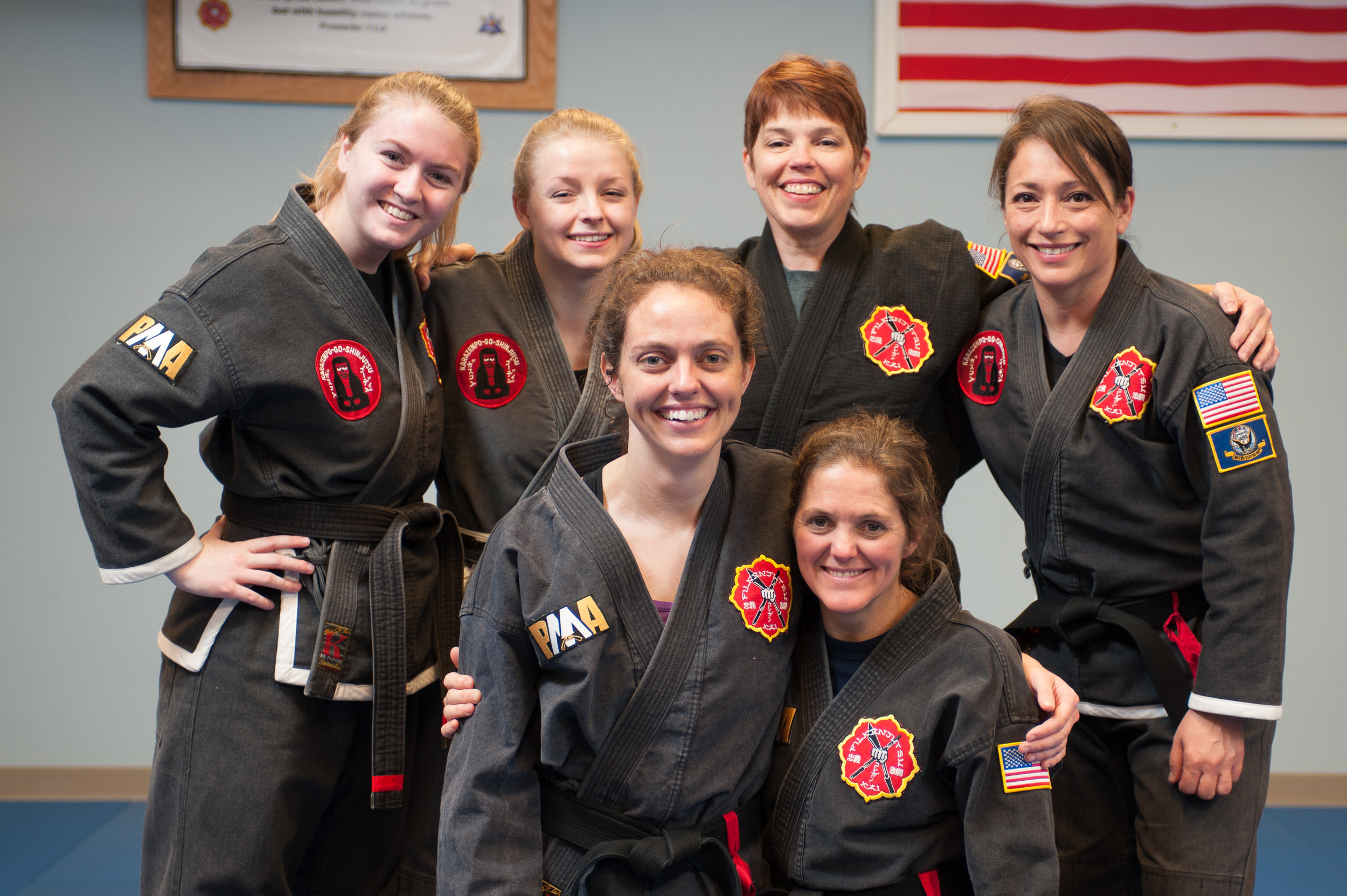“Getting in shape” is one of the most common New Year’s resolutions. It’s a great goal, but, unfortunately, it’s also one of the hardest resolutions to keep. We’re almost halfway through January, and many of the people who just knew 2018 was going to be their year to get fit, are already struggling - some may even have decided to give up already.
Gym memberships skyrocket at the beginning of each new year, but while gyms may see an initial spike in attendance, those numbers quickly decline. Why? Because getting in shape is hard.
We all know why physical fitness is essential. We grew up hearing about the benefits of exercise in elementary Physical Education and learned about body fat from unforgiving middle school bullies and learned about muscles and ligaments in high school health and physiology classes. As adults, we get to hear about the endless benefits of eating green, leafy vegetables and taking brisk, daily walks from our concerned mothers or spouses or doctors. No one here is arguing that exercise and a well-balanced diet are bad things - everyone knows they are good. That’s why so many New Year’s Resolutions are some variation of a physical, mental, or nutritional improvement.
So we aren’t going to spend the next few minutes waxing on and on about why getting in shape is good for you. Instead, we are going to talk about all of the reasons it’s HARD, and look at a couple of strategies that might help you get through it.
1. Get Out of Your Own Way
From my own experiences getting back in shape after periods of inactivity, I know that the first thing I have to do is get out of my own way. For anyone that has a job or a family, taking time for yourself - even just an hour or two a week - can leave you feeling guilty and even stressed.
These feelings are totally normal but totally unnecessary. Taking time for yourself is vital for your overall well being, and as we all know from those elementary school PE classes, exercise can release stress and improve focus. Taking time for yourself can put you in the frame of mind to solve that problem you’ve been working on at your job or help you be more patient and present for your kids. How can you take care of your other responsibilities if you don’t take care of yourself?
Get out of your own way, and unabashedly take time for yourself!
2. Lose the Negative Perceptions
While you’re getting out of your own way, let go of the negative perceptions you have of yourself and the perceptions you project, accurately or inaccurately, on the people around you.
Being in shape should increase your confidence, but I’ve been merrily on my way to a healthy body and mind and found myself stuffed into workout clothes that I think make me look like a busted can of biscuits. Self-consciousness happens to the best of us, but we have to let those negative thoughts go.
Everyone thinks they look weird when they run. No one’s stomach stays perfectly flat when they’re sitting down. Most people have a smidgen of fat on their arms that they think flaps in the breeze when they wave. I have wheezing asthma that makes me honk like a goose whenever I do aerobic exercise. Everyone has insecurities, don’t let them hold you back from everything you are capable of and everything you can be.
3. Stay in Your Own Lane
And while you’re on the road to getting in shape, STAY IN YOUR OWN LANE.
In the past, I’ve fallen into the habit of comparing myself to the people training around me whom I’m sure are thinner/stronger/faster/more graceful than I’ll ever be. Focus on your own accomplishments and strengths instead of dwelling on what others can do. Spend your time challenging yourself and learning what your body is capable of instead of being envious of what you see others doing.
If you keep comparing yourself to others, you’ll never feel like you’re good enough. You might start thinking, “what’s the point?”, and give up when you’re really only just getting started. There will always be someone who is better at something than you are. You can’t be the best at everything; you can only do your best in everything. Let go of your spirit of comparing.
4. It's Uncomfortable
Let me tackle the most obvious hardship of getting in shape last: It’s uncomfortable - even painful at times. Getting in shape is no joke. Your muscles will be screaming one minute and then feel like jelly the next. Your chest will get tight because you can’t breathe and you’ll feel like your heart’s about to pop, but somehow you keep breathing (or wheezing in my case) and your heart keeps beating, and eventually you finish that first jog. The first run turns into a second run that turns into a weekly run and then a daily run and before you know it you have run farther and faster than you ever thought possible.
In the beginning stages of getting in shape, everything can feel overwhelming or difficult. It’s achieving that end goal that feels so good: fitting into that old pair of jeans, seeing your cholesterol or blood pressure go down, passing that stress test, or just having more energy to spend on your family or hobbies.
So how do we get from exhaustion to exhilaration in one piece?
Here are a few things that worked for me:
1. Don’t go it alone.
Find an accountability partner. It can be a friend, family member, or a training partner. It can be as simple as discussing your goals together or strategizing for how you can help each other get there.
My training partners started dragging me on a weekly run with them after I came back from an absence. The farthest I had run before these weekly meets was 1.5 miles - and I thought it was AWFUL. Before I knew it, I was running 3…4…5…miles with them, and the next thing I knew, we had completed a half-marathon together. It was one of the most rewarding experiences, and it will be a favorite accomplishment of mine (though I hope to never do it again…ever) forever. I would never have met my goals without their encouragement and, some days, them physically dragging me on my run to keep me accountable.
Me and my training partners the morning of our 1/2 marathon!
2. Find something you love to do.
I’m a martial artist, and I love it. My classes provide an excellent full body workout, and the supplemental workouts I do outside of class are to improve my skills as a martial artist (and also because I really like cake). I’ve found something that I love to do that keeps me fit and motivated. If you are looking to get in shape, discover that for yourself: dancing, running, rowing - there are endless opportunities. Fitness doesn’t have to be limited to a gym.
Yeah, that's me. Scary, right?
3. Keep Going
Finally, have the mettle to keep going. When the path to your goals gets uncomfortable, don’t give up. That goal is right in front of you if you only push through.
Remember, you’ve come too far, to only come this far. You can do it; I believe in you!

